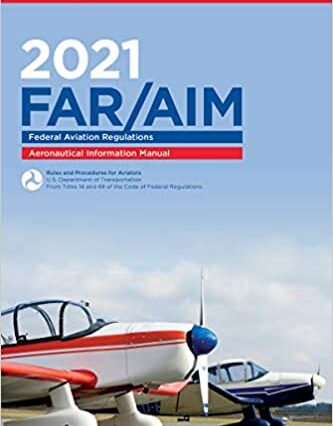
FAR
The rules put in place by the FAA are known as the Federal Aviation Regulations, or FAR. All air carriers, pilots, and operators that work in the U.S. must adhere to the FAR. Continue reading FAR

The rules put in place by the FAA are known as the Federal Aviation Regulations, or FAR. All air carriers, pilots, and operators that work in the U.S. must adhere to the FAR. Continue reading FAR

Flight Safety International is an aviation training company that was founded in 1951. They have a team of instructors providing courses in aviation safety training and manufacture advanced flight simulators to help provide realistic training experiences. Continue reading Flight Safety International
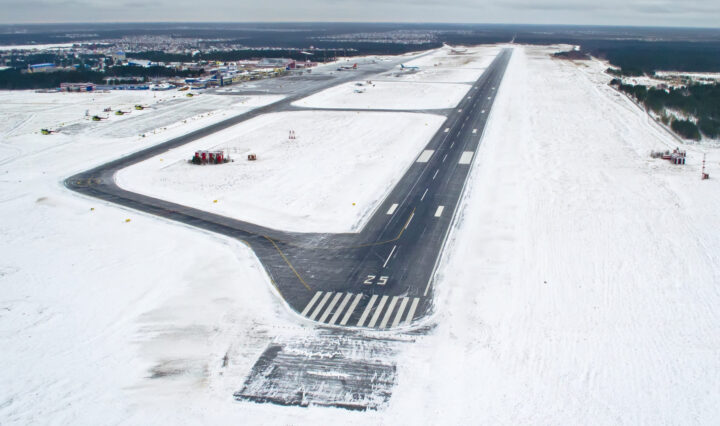
This term refers to a runway that is covered with standing water, loose snow, compacted ice and snow, or slush, with at least 25% of the surface area covered. FAA: The FAA, or Federal Aviation Administration, is a subset of … Continue reading Contaminated Runway
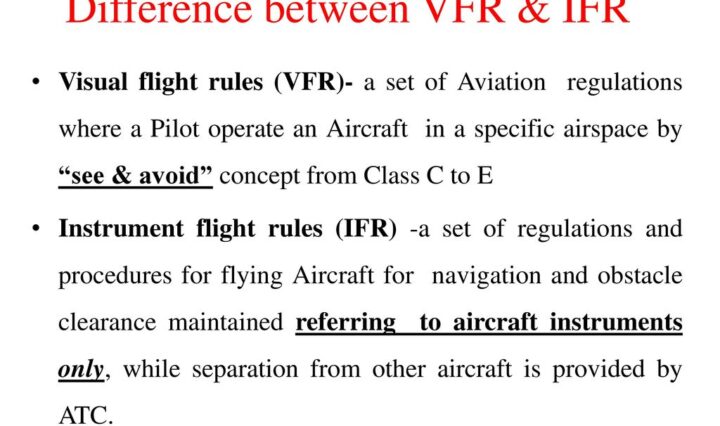
IFR, or Instrument Flight Rules, and VFR, or Visual Flight Rules, are the rules laid out by the FAA for operating any type of aircraft. Both rules apply to how pilots must operate the plane depending on the weather conditions. … Continue reading IFR/VFR
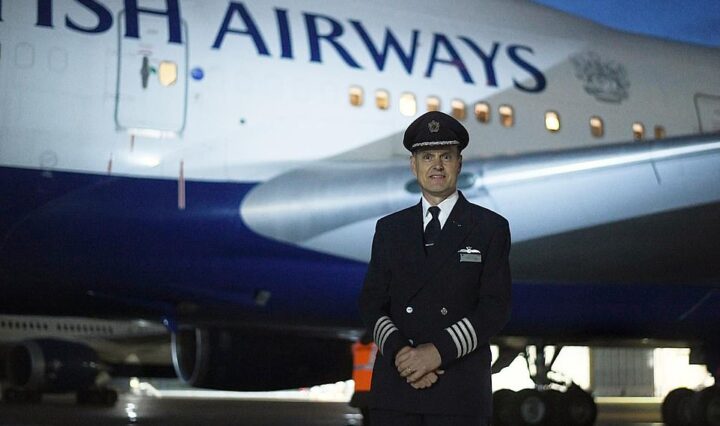
The chief pilot is in charge of overseeing flight and ground crew to ensure they are in compliance with federal and state laws, as well as federal aviation regulations. Continue reading Chief Pilot

: Approach minimums occur when the aircraft has reached the minimum altitude to land. At this point, the pilot must make the decision to land on the runway or go around and re-approach for landing. ARGUS: ARGUS refers to both … Continue reading Safety Approach Minimums

IMC stands for instrument meteorological conditions and VMC stands for visual meteorological conditions. These terms are related to the meteorological conditions during a flight and are the basis for a pilot to decide whether to use IFR or VFR. Continue reading IMC/VMC
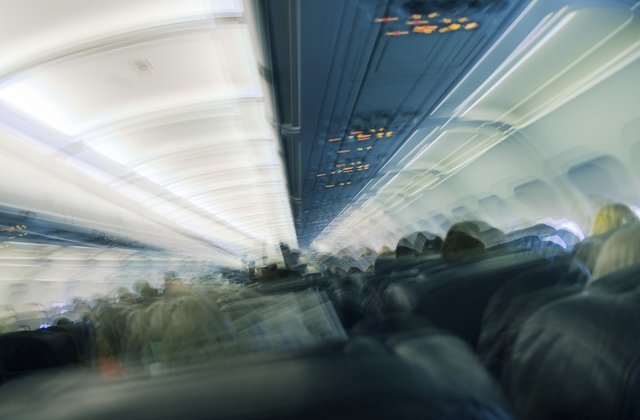
When there are sudden changes to the airflow during flight, turbulence occurs. During periods of turbulence, and depending on the severity, a pilot may reduce airspeed to alleviate discomfort and avoid plane damage. Continue reading Turbulence
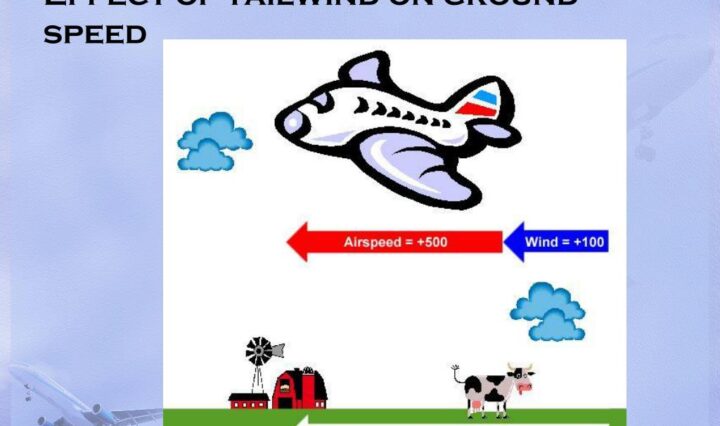
A tailwind is air that is moving in the direction that an aircraft is flying (blowing from behind). For takeoff and landing, headwinds are more favorable than a tailwind. Continue reading Tailwind
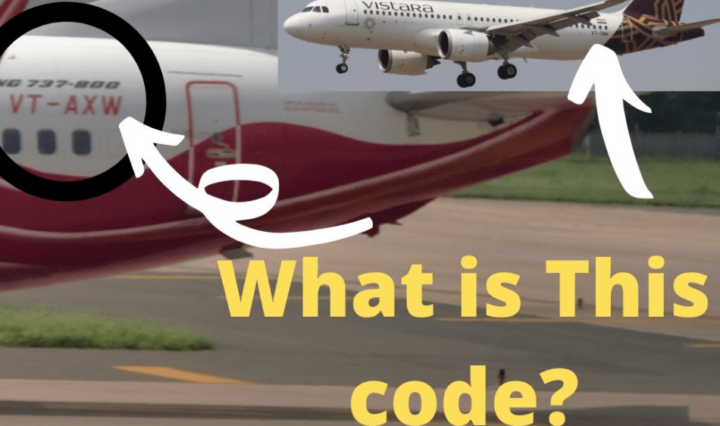
A tail number is the registration number assigned to a particular aircraft and is painted on the tail. Similar to a license plate, the tail number is a form of identification. A call sign is a combination of letters and … Continue reading Tail Number/Call Sign